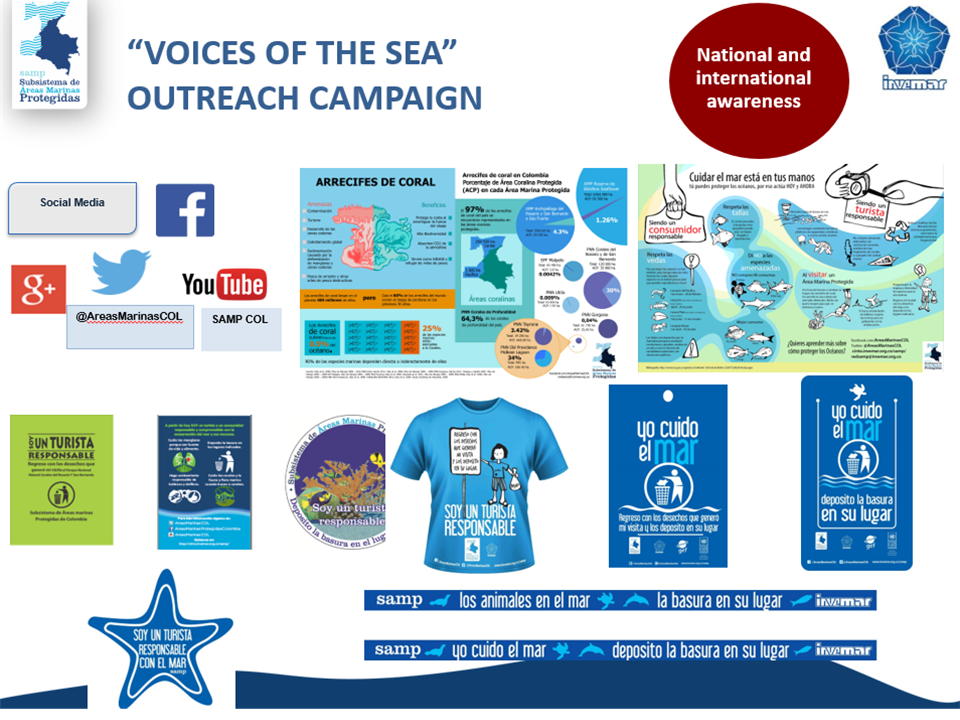Recruit conservation volunteers using internet campaign
Using modern communication network, Sapu Jerat campaign at Kitabisa.com opens new opportunity for local, national and international communities to get involved volunteering to protect endangered species like sumatran tiger by donating through the Sapu Jerat campaign and getting involved in clearing sumatran tiger traps in the buffer zones and national park areas.
Potential communities to be involved in Sapu Jerat campaign are Tiger Heart Community by Forum Harimau Kita, Sumatran Tiger Project advocacy communities (journalists, communication officers), artists, students, tourists, forest rangers, etc.
Local, national and international communities involvement in Sapu Jerat Campaign should be closely coordinated with national park officials.
The success of involving local, national and international communities to volunteer in Sapu Jerat campaign is owed to the overall good coordination and communication strategy between Sumatran Tiger Project, Forum HarimauKita, and UNDP Indonesia by involving forest rangers of the National Park Authority, the community-based forest rangers, the NGO Partner leading the activity in the respective landscape, and the project coordinating office at the respective landscape.
1. Communication and coordination are keys for a succesfull Sapu Jerat campaign
2. Sapu Jerat campaign increases awareness of the importance of protecting sumatran tiger as the last remaining tiger sub-species in Indonesia.
3. Sapu Jerat campaign provides ideal platform for communities to participate protecting national parks and their wildlife ecosystem.
